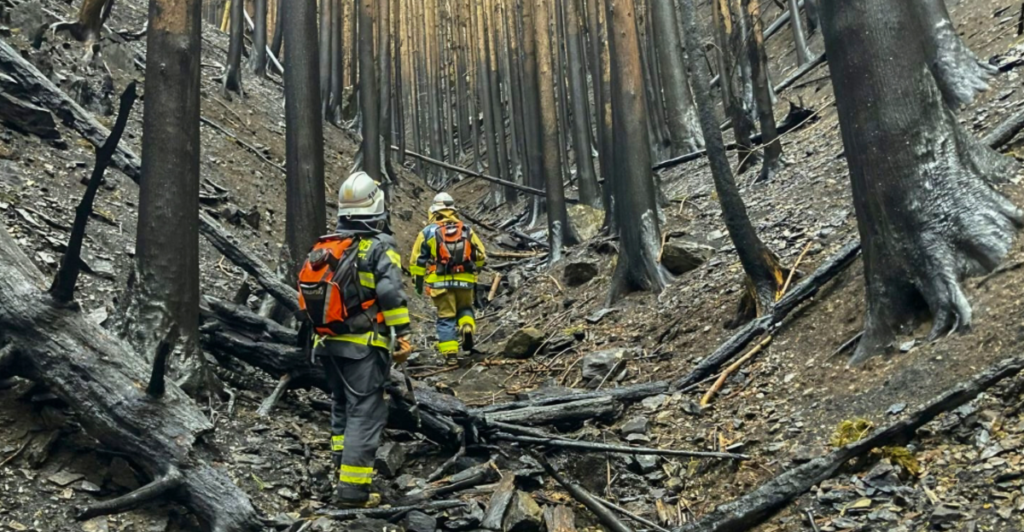
Japan is currently fighting one of the biggest wildfires in three decades. This fire was mainly focused around the city of Ōfunato in Iwate Prefecture. These fires pose a significant threat to the people in the area and the environment.
The Outbreak of the Ōfunato Wildfire
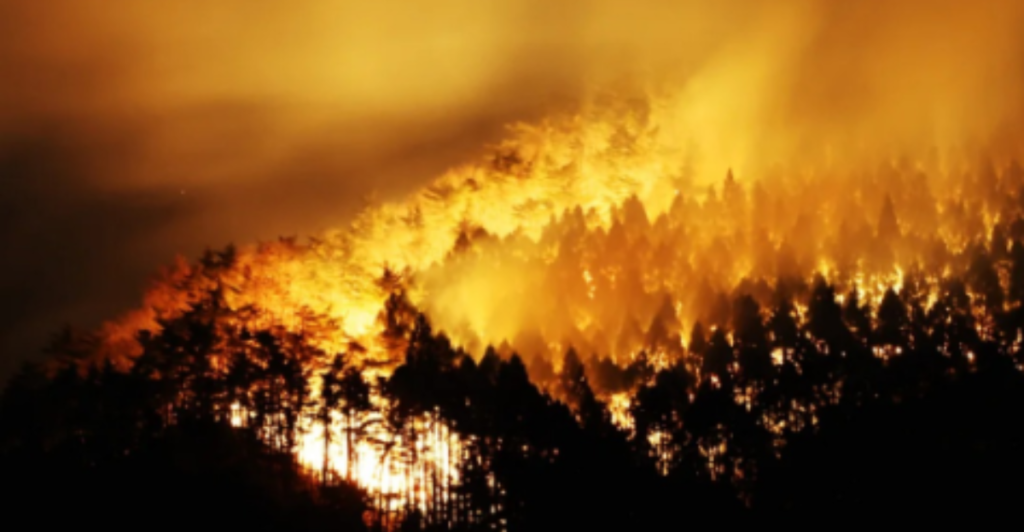
The fire that broke out on February 26th has quickly become one of Japan’s most devastating blazes in recent years. Sparked by unusually dry conditions and strong winds, the fire spread rapidly through the dense forests of Iwate Prefecture, consuming more than 4,500 acres and forcing mass evacuations.
The Catalyst For This Massive Fire
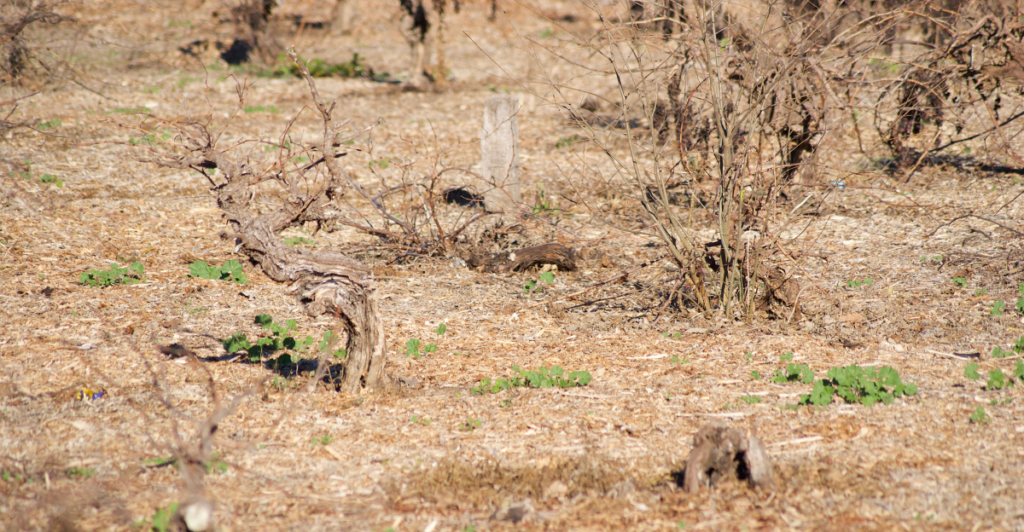
The severity of the wildfire is largely attributed to the region experiencing its driest winter since 1946. Ōfunato recorded a mere 2.5 mm of rainfall throughout February, starkly contrasting the average 41 mm typically expected. These extreme dry conditions make for the perfect breeding ground for a monster fire that will be challenging to control.
Deployment of Firefighting Forces
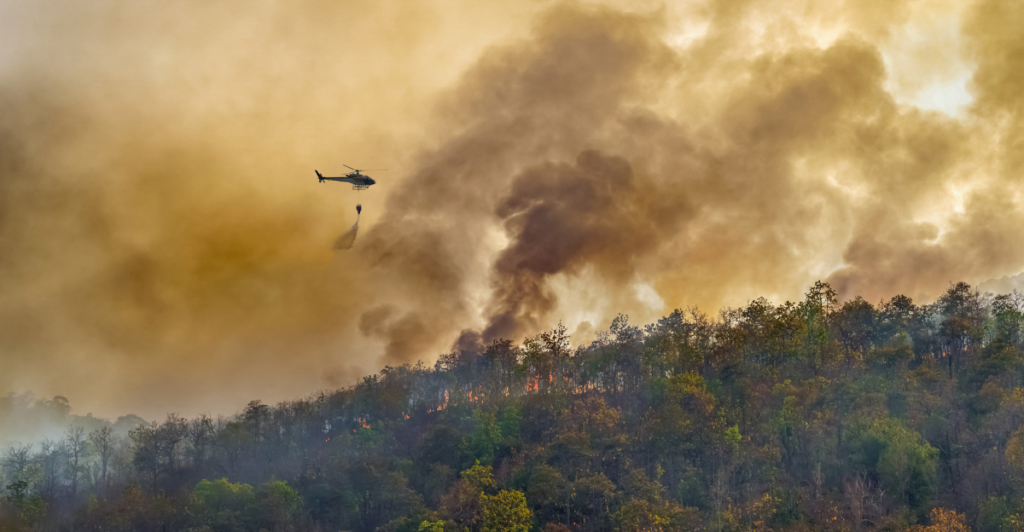
Japan has mobilized more than 2,000 firefighters, 16 helicopters, and specialized ground crews to combat the inferno. Fueled by strong winds and dry vegetation, the fire’s unpredictable nature has made containment efforts increasingly difficult. As authorities scramble to control the blaze, the scale of the operation highlights the growing challenge Japan faces in battling wildfires.
Immediate Human Impact and Evacuations
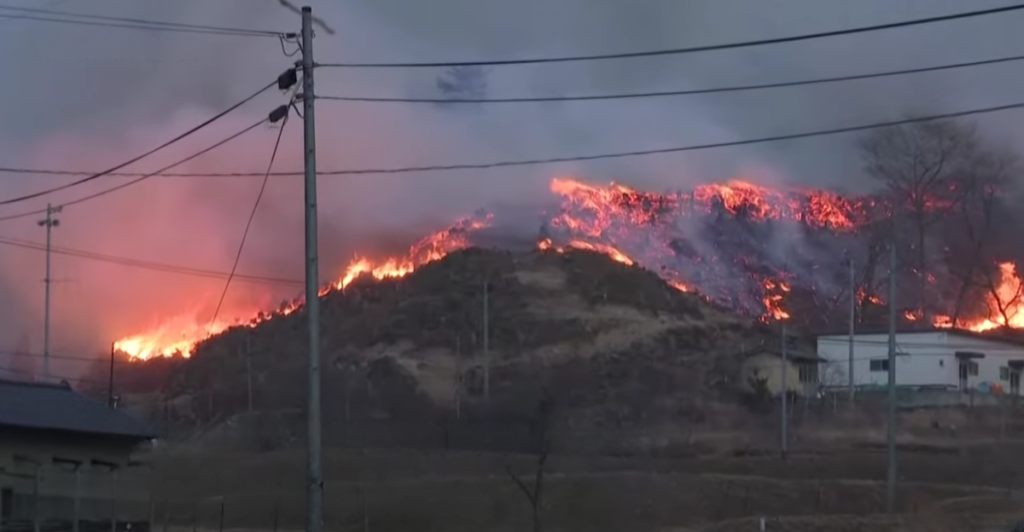
The wildfire has wreaked havoc on local communities, destroying at least 84 homes and compelling over 1,200 residents to evacuate. Evacuees have sought refuge in school gymnasiums and other temporary shelters, while some have turned to friends and relatives for a safe place to stay. Thick smoke has blanketed nearby towns, worsening air quality and posing severe health risks, especially for children, older people, and those with respiratory conditions.
Ecological Devastation
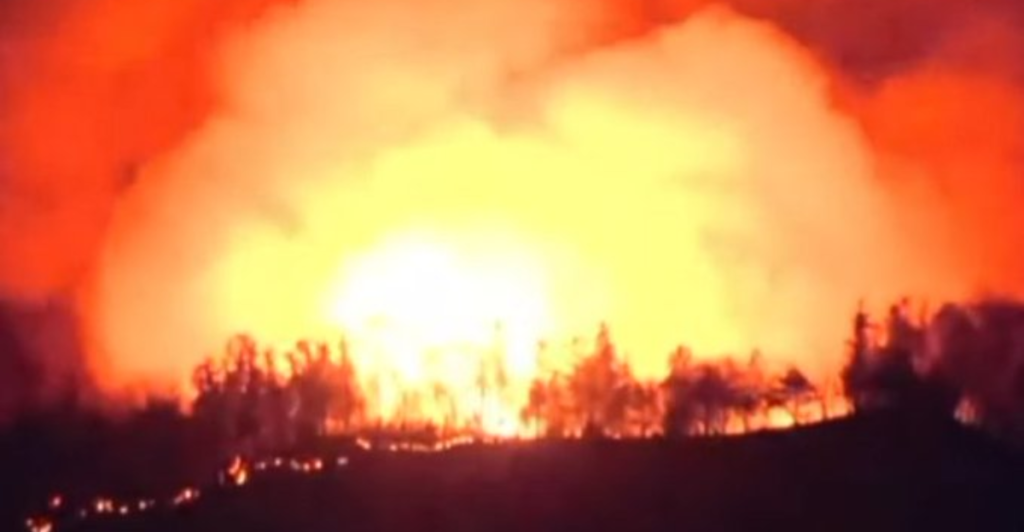
The Ōfunato wildfire has left a trail of ecological devastation, threatening Japan’s fragile ecosystems and biodiversity. The impact this fire has had on the environment is devastating. The loss of vegetation has also heightened the risk of landslides and soil erosion, which could further destabilize the region long after the flames are extinguished.
Wildlife Caught in the Flames
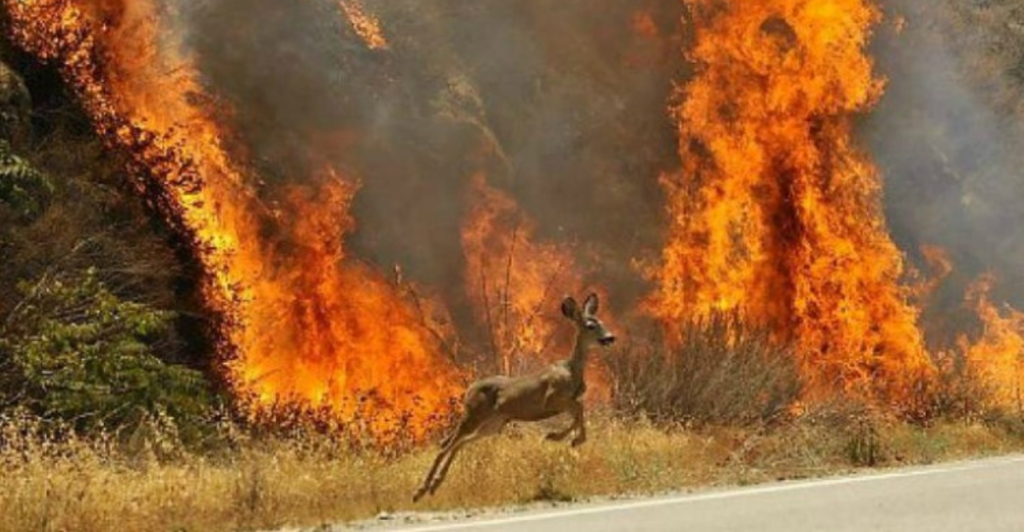
Countless animals find themselves trapped in a desperate fight for survival. The fire threatens these animals’ survival, leading to potential loss of biodiversity and disruption of ecological balance. The devastation doesn’t end with the fire; the animals that survive need to learn to navigate a burnt, food-scarce wasteland.
Soil Erosion and Water Quality Concerns
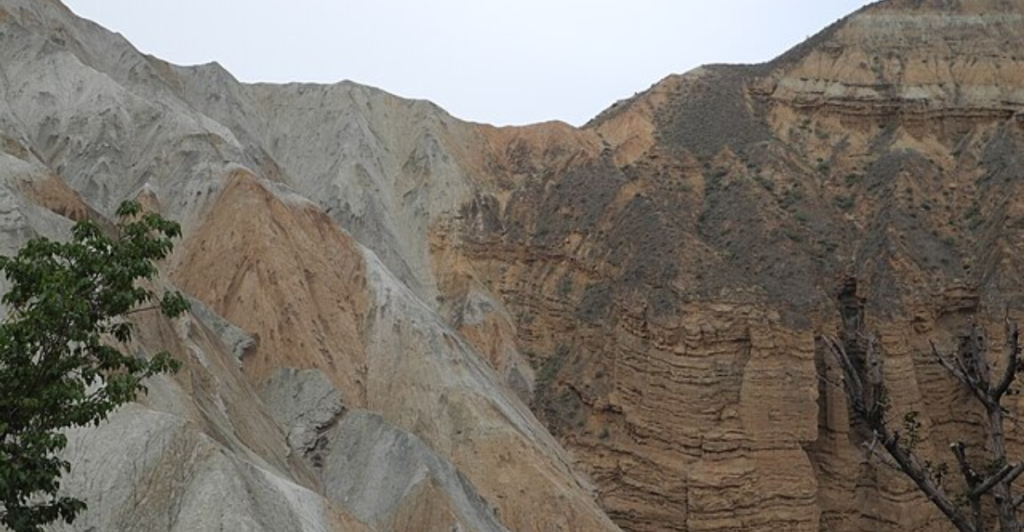
Besides the immediate damage the fire has caused, the long-term effects are much worse. Tree roots that once anchored the soil have been lost, leaving hillsides vulnerable to landslides and sediment runoff. Heavy rains in the aftermath of the fire could wash debris and toxins into rivers and reservoirs, threatening freshwater supplies for humans and wildlife. This can severely impact the aquatic life in these freshwater sources.
Air Quality and Public Health
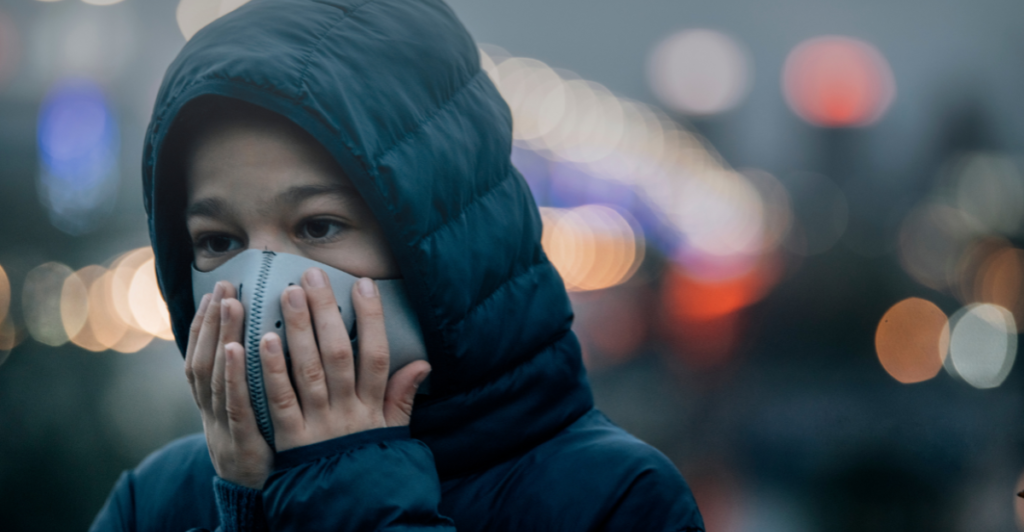
Thick plumes of smoke, filled with fine particulate matter and toxic gases, have spread far beyond the fire’s immediate vicinity, blanketing cities in a choking haze. Hospitals and clinics have reported an influx of patients suffering from smoke-related illnesses, while authorities urge people to stay indoors and wear masks. The impact of the fire could linger on for weeks, affecting the air quality and causing possible health risks for many people.
Economic Implications for Local Communities

Local communities have taken a big blow as many locals rely on forestry, agriculture, and tourism to sustain their livelihoods. Forests have been reduced to ash, crippling the lumber industry and leaving workers without jobs. Farmers face devastating losses as fields, crops, and livestock are consumed by flames or tainted by smoke and ash. The cost of rebuilding homes, structures, and businesses will be crippling to the economy and most probably affect these communities for years to come.
Community Resilience and Support
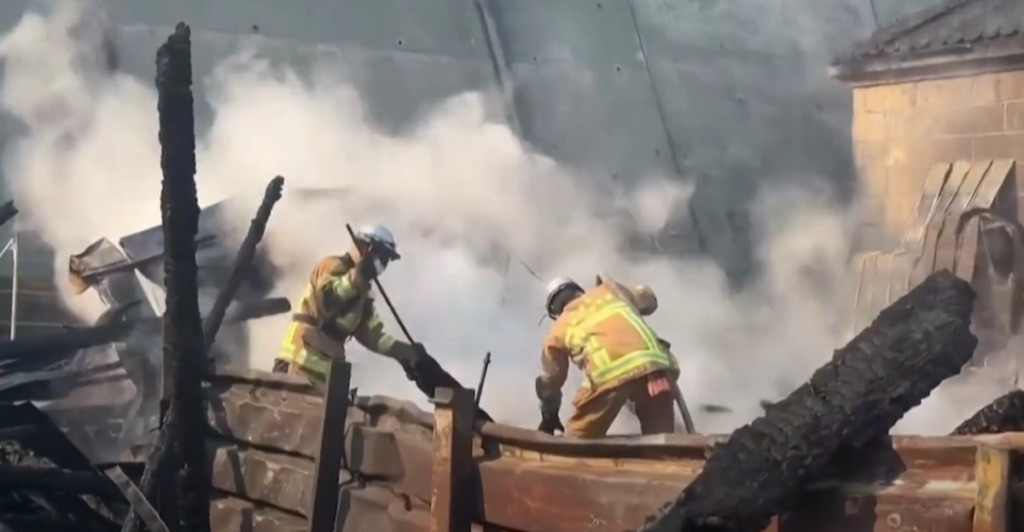
When mass destruction hits, local support is vital to keeping everything afloat. Volunteers have mobilized to distribute food, water, and medical supplies to evacuees, while shelters provide refuge for displaced families. Local businesses and charities offer aid, from financial donations to temporary housing, ensuring no one is left behind. The resilience and unity of the people provide a beacon of hope in the face of adversity.
Government Response and Future Preparedness
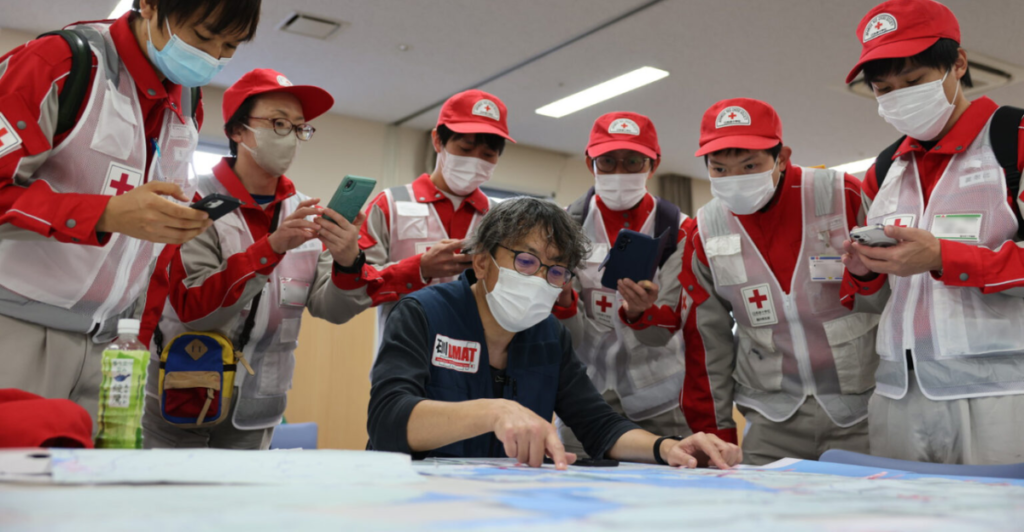
According to news reports, the prime minister, Shigeru Ishiba, has vowed to deploy as many firefighters and SDF personnel as necessary to limit the damage. “Although the fire will inevitably spread to some extent, we will take all possible measures to ensure there will be no impact on people’s homes,” he said. This incident highlights Japan’s need to reassess its disaster preparedness and environmental conservation strategies in the face of escalating climate challenges.
A Call to Global Environmental Action
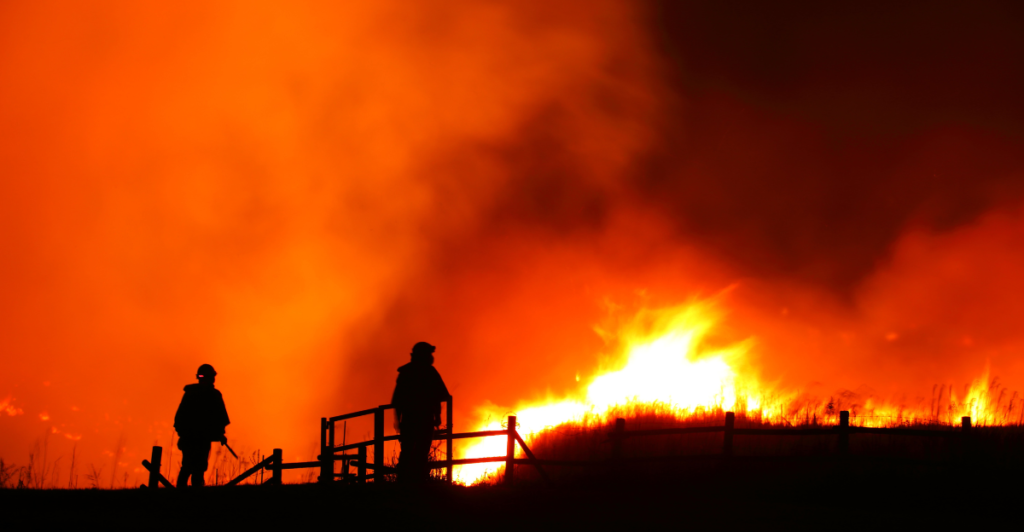
As Japan battles one of its largest wildfires in years, it is evident that extreme weather events and natural disasters are becoming more frequent and intense due to climate change. The wildfire’s destruction of ecosystems, wildlife, and communities underscores the vulnerability of the planet’s delicate balance. These fires are becoming increasingly present in our lives, and it’s a reminder that we need to take action against the climate threats we face.







